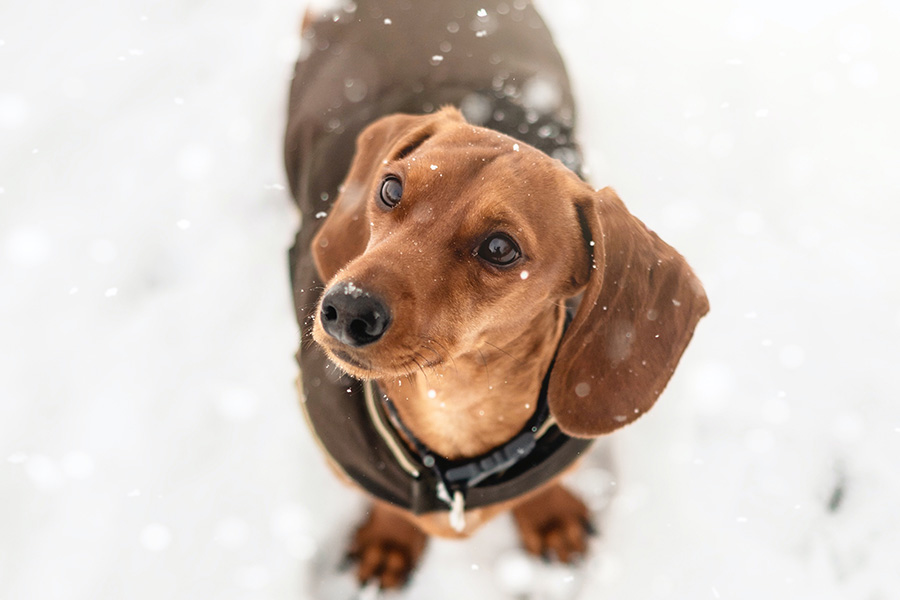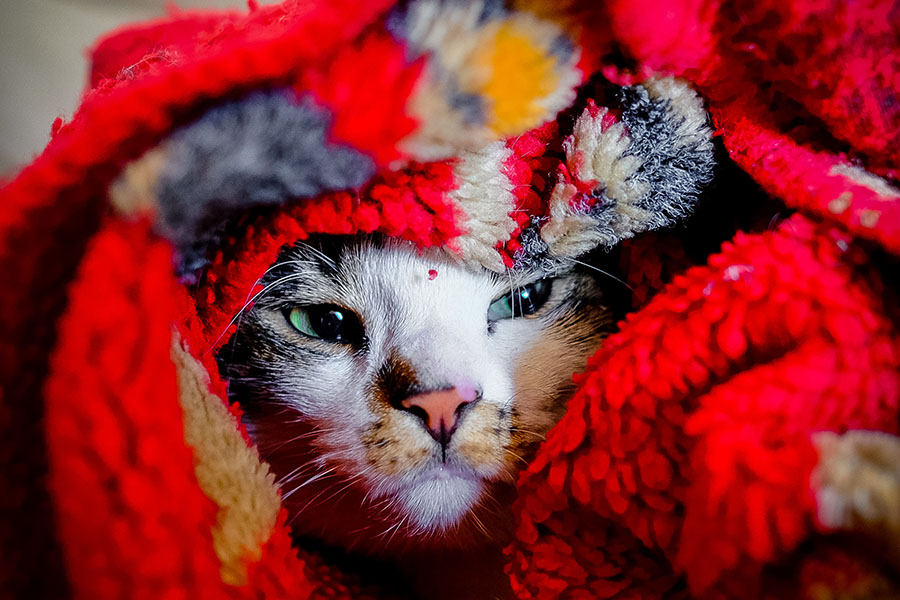As the days get shorter and temperatures drop, it can be tempting to hibernate with your pets indoors. However, exercise is just as essential in winter as it is in the warmer months. Not only does it help keep your pets physically fit, but it also provides mental stimulation and prevents boredom. In this article, we’ll explore how to safely exercise your dogs during the winter months, while also addressing the unique challenges and hazards they might face. We’ll also provide tips for keeping indoor cats entertained and active.

Exercising Your Dogs in Winter:
- Dress for the Weather: Just like humans, dogs can get cold in the winter. Consider investing in a good-quality dog coat or sweater to keep them warm. Ensure it covers their chest and belly, areas that are more susceptible to cold.
- Visibility is Key: Shorter daylight hours mean you might be walking your dog in the dark. Make sure you and your pet are visible to motorists by using reflective gear and a light-up collar or lead. This will help keep everyone safe during those early morning or evening walks.
- Paw Care: The salt and chemical de-icers used on roads and pavements can be harsh on your dog’s paws. You could protect their feet by using dog-friendly boots. If you don’t want to put boots on them– or they don’t want to wear them! – make sure you wipe their paws clean to remove any residue, which can be harmful if ingested during grooming.
- Shorter, more frequent walks: In extreme cold, it’s best to opt for shorter, more frequent walks rather than long, extended ones. Dogs can get frostbite or hypothermia in extreme conditions, so be mindful of the temperature and their comfort.
- Antifreeze awareness: Antifreeze, often found in puddles or leaks from vehicles, is toxic to pets if ingested. Keep your dog away from areas where antifreeze may be present and be vigilant during walks. Make sure product you use doesn’t pool on driveways if you use it by using a watering can to safely disperse it.

Keeping Cats Entertained Indoors:
While some cats relish the opportunity to explore the winter wonderland, others may prefer the warmth and comfort of indoors. Here’s how to keep your indoor cat entertained and active:
- Interactive Toys: Invest in toys that stimulate your cat’s mind and body. Toys with feathers, laser pointers, or puzzle feeders can provide hours of entertainment.
- Cat Trees and Scratching Posts: Cats love to stretch, climb and scratch. Providing a cat tree or scratching posts will allow your cat to exercise their natural behaviours while also keeping their claws healthy.
- Rotate Toys: Don’t leave all of your cat’s toys out at once. Rotate them every few days to keep things interesting and prevent boredom.
- Interactive Playtime: Spend quality time with your cat by engaging in interactive play sessions. Use wand toys or play chase games to keep them active and engaged.
- Create a Cozy Nook: Cats love cozy spots to curl up in. Create a comfortable and warm area near a window where they can watch birds or passing cars. If you have radiators, cat cradles that hang on them are often very popular!

Winter doesn’t have to mean a lack of exercise and entertainment for your pets. By taking a few precautions and being mindful of the cold weather, you can ensure your dogs get the outdoor exercise they need while keeping them safe from winter hazards. For indoor cats, or those who are cold-ground and wind averse, there are plenty of ways to keep them active and mentally stimulated, even when they choose to stay warm and cozy indoors. So, embrace the season and enjoy the winter months with your furry companions.


